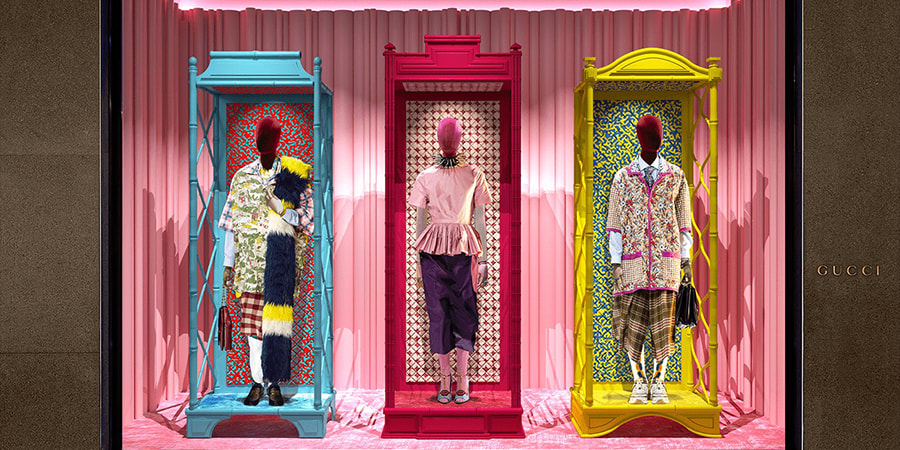
Introduction: Crafting Retail Magic
Picture walking into a high-end store with displays that immediately captivate your attention, making you want to explore every corner. This allure doesn’t happen by chance—it’s the meticulous work of a visual merchandiser. Retailers understand the power of compelling visual storytelling, and a visual merchandiser is the magician behind the scenes.
Table of Contents
Visual merchandisers are responsible for creating appealing displays that drive sales, strengthen brand identity, and ensure customers have an unforgettable shopping experience. Their work bridges creativity and strategy, influencing everything from foot traffic to purchase decisions.
Let’s dive deeper into the responsibilities, skills, and essential aspects that define visual merchandising excellence.
What Are the Duties of a Visual Merchandiser?
A visual merchandiser’s role revolves around crafting an immersive shopping environment. Their duties include:
- Window Displays: Designing eye-catching storefronts that attract customers.
- In-Store Displays: Creating layouts that guide customer journeys while emphasizing key products.
- Seasonal Décor: Updating designs for holidays and seasonal promotions.
- Brand Representation: Ensuring the visual identity aligns with the brand’s ethos.
- Collaboration: Working closely with marketing teams and retail staff to implement cohesive strategies.





Visual merchandisers are responsible for designing and implementing displays that enhance customer experience, boost sales, and align with the brand’s identity.
Understanding these duties is crucial for brands looking to optimize retail performance and customer satisfaction.
What Skills Does a Visual Merchandiser Need?
A successful visual merchandiser balances creativity with business acumen. Key skills include:
- Design Sensibility: Knowledge of color theory, layout, and materials.
- Trend Awareness: Staying updated on design and retail trends.
- Problem-Solving: Quickly addressing challenges like space constraints or material limitations.
- Communication: Effectively presenting ideas and collaborating with teams.
- Technical Proficiency: Familiarity with tools like Adobe Creative Suite and 3D modeling software.
To excel, a visual merchandiser must blend artistic vision with strategic planning, ensuring displays resonate with both customers and brands.

These skills ensure a cohesive and effective visual merchandising strategy that drives both engagement and revenue.
What Are the 3 Most Important Things in Visual Merchandising?
To create impactful displays, visual merchandisers focus on three core principles:
- Attention to Detail: Flawless execution in design and presentation.
- Customer Psychology: Understanding what drives purchase decisions.
- Brand Consistency: Ensuring every display reflects the brand’s values.
The three pillars of visual merchandising are attention to detail, customer psychology, and brand consistency—together, they create compelling and results-driven retail experiences.
By mastering these elements, visual merchandisers can transform ordinary retail spaces into extraordinary destinations.
Conclusion
Visual merchandising is the art and science of enhancing the customer experience while reinforcing brand identity. By understanding the duties, skills, and principles of visual merchandising, businesses can unlock their full potential in retail marketing. Whether you’re designing seasonal displays or rebranding a flagship store, investing in skilled visual merchandisers pays dividends in customer loyalty and sales growth.





